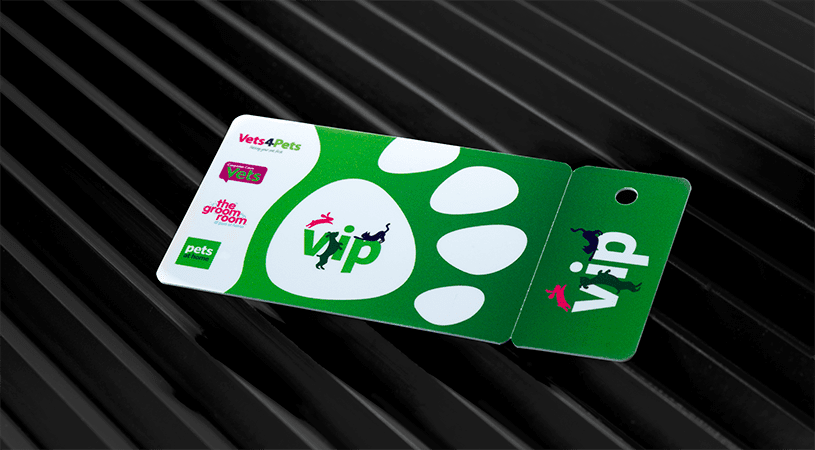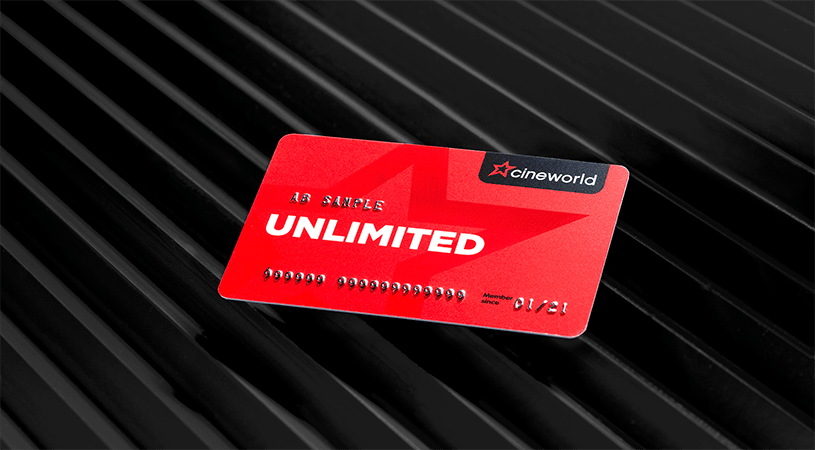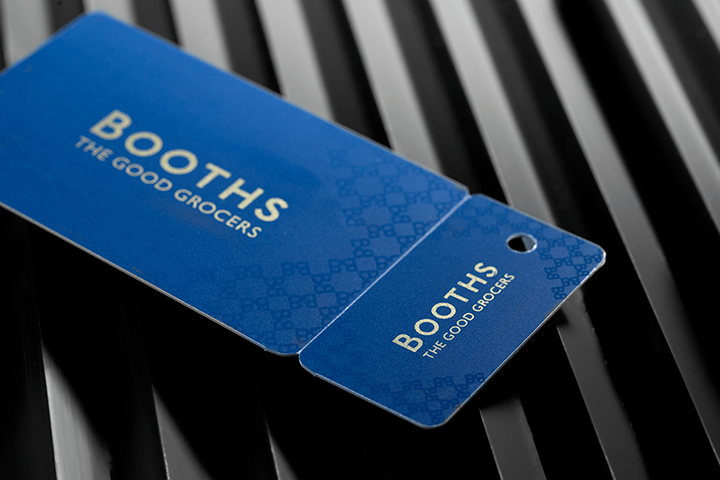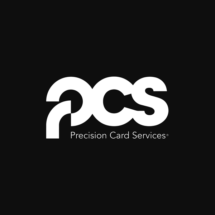There are a number of ways to add the personal touch to your plastic cards – by including the card holders’ name or a unique number you immediately give the impression that the card is of great importance and needs to be retained for future use. All of these methods help to differentiate you from other card holders, as well as increasing your levels of security, because in the current climate there is an even greater risk of identity fraud and other such crimes.
Personalisation is everything and thanks to the latest technologies there are even greater ways for you to achieve this. One of the best methods of personalising your ID card is to get it embossed – this helps to give your card a unique appearance and helps you to distinguish it better.
What is embossing?
Embossing is the process by which characters, numbers or letters are punched into the reverse of the card raising the surface in that characters form. It is a very popular technique and it help to give your card a more personalised touch as well as improving the security; you will most commonly see it on bank cards where it is used to help print information on the front of the card (such as the name of the card holder or the bank account details).
Although card embossing may be a little more expensive than traditional card printing, the price becomes irrelevant when you are looking for something that has longevity, as it plays an important role in ensuring that your card remains robust and can be used time and time again. The extra investment can help prolong the card’s lifespan as well as giving it a more personal touch.
The process of embossing your card is quite simple and there are many benefits, because it allows you to add information onto a card, almost in the same way as engraving it, and helps to ensure that this information remains firmly affixed to your card. So regardless of how many times you might choose to use it, it will also maintain its rigidity.




